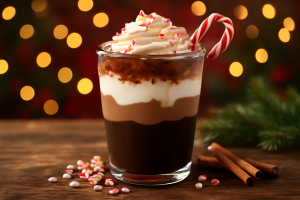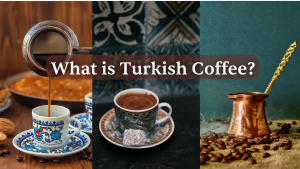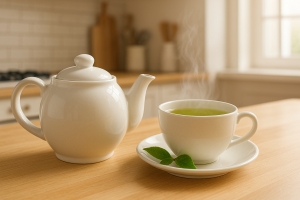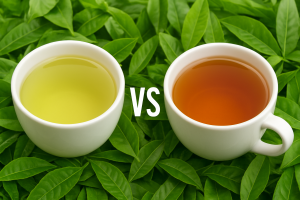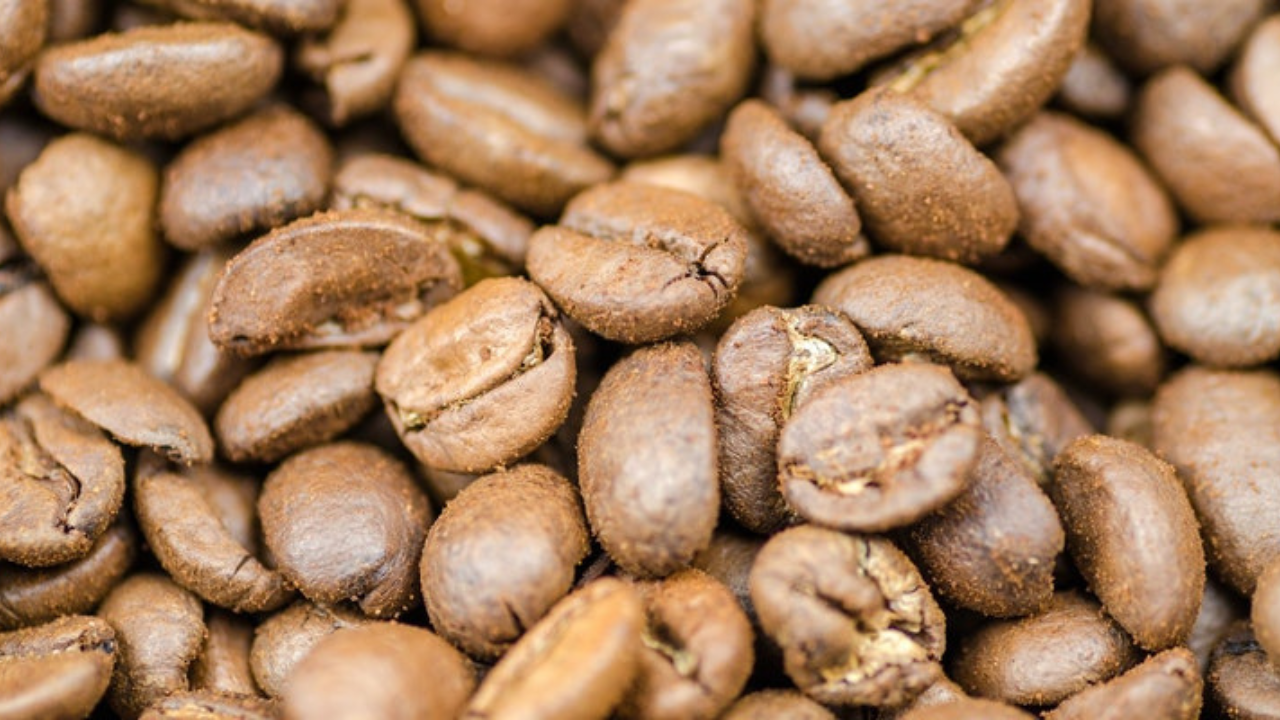
What is Blonde Roast Coffee?
What is Blonde Roast Coffee?
- Subhan Shiekh
- 20-12-2022
- 29-07-2025
- 1316 views
- coffeepedia, Featured Articles

Blonde roast is a lighter-bodied coffee than medium or dark roasts, with a light brown color. Blonde espresso will feel lighter in the body than medium roast coffee but stronger than dark roast coffee.
The truth is that the caffeine content doesn’t depend on roasting time, which means that dark roast coffees have roughly the same amount of caffeine as lighter roasts.
Making Blonde Roast Coffee
Here are some tips to easily make blonde roast coffee at home:
- Use 16 grams of ground coffee for every 240 ml of water.
- For the best-tasting blonde roast coffee, it’s best to brew at a temperature between 195- and 205 degrees Fahrenheit.
- It’s best to use filtered or spring water when brewing blonde coffee roast.
- You will get the freshest coffee when you grind your coffee beans before brewing.
- Allow it to brew for about four minutes to get the best taste from your coffee.
Roasting Process of Blonde Coffee
Blonde roast coffees offer a taste that’s smooth and subtly sweet. Blonde roasts are less acidic and rich than medium roasts; the beans are roasted for less time, just before or after they start to crack.
The Taste Profile
A coffee bean’s color tells you how long the bean has been roasted, which in turn, affects its flavor.
Blonde roast coffee beans are roasted for less time than darker coffee beans, which gives it a lighter flavor and creates several unique characteristics in the beverage. When brewed, a light roast coffee bean is less bitter than a darker one.
The beans’ acidity remains but is balanced by the mellow flavor of the bean. Blonde coffee has a distinct “lemony” taste and is very smooth. If you don’t like bitter coffee, then try blonde!
The Caffeine Content
Many of us drink coffee not just for the taste but for that much-needed caffeine boost in the morning. After all, many people talk about the strength of coffee when referring to its caffeine levels.
The longer you roast the coffee beans, the less caffeine they will have. The longer roasting time can break down the caffeine molecules, which can be affected by how much heat is applied to the bean.
Therefore, a blonde roast will have more caffeine than a dark or medium roast, but the type of roast isn’t the only factor to consider when discussing levels.
Moreover, different kinds of beans have different levels of caffeine. The way you brew a cup of coffee can also affect the amount of caffeine.
Conclusion
If you’re a first- or second-wave coffee drinker, you may not have ever tasted blonde coffee like our Ethiopian coffee. Coffee doesn’t need to taste like motor oil—it can actually be delicious when paired with certain foods.
Whether you like it or not, it’s worth trying light roast coffee at least once. Not only will you be experiencing more of the subtle nuances from within the bean, but chances are that you’ll also be consuming a higher-quality product.

















